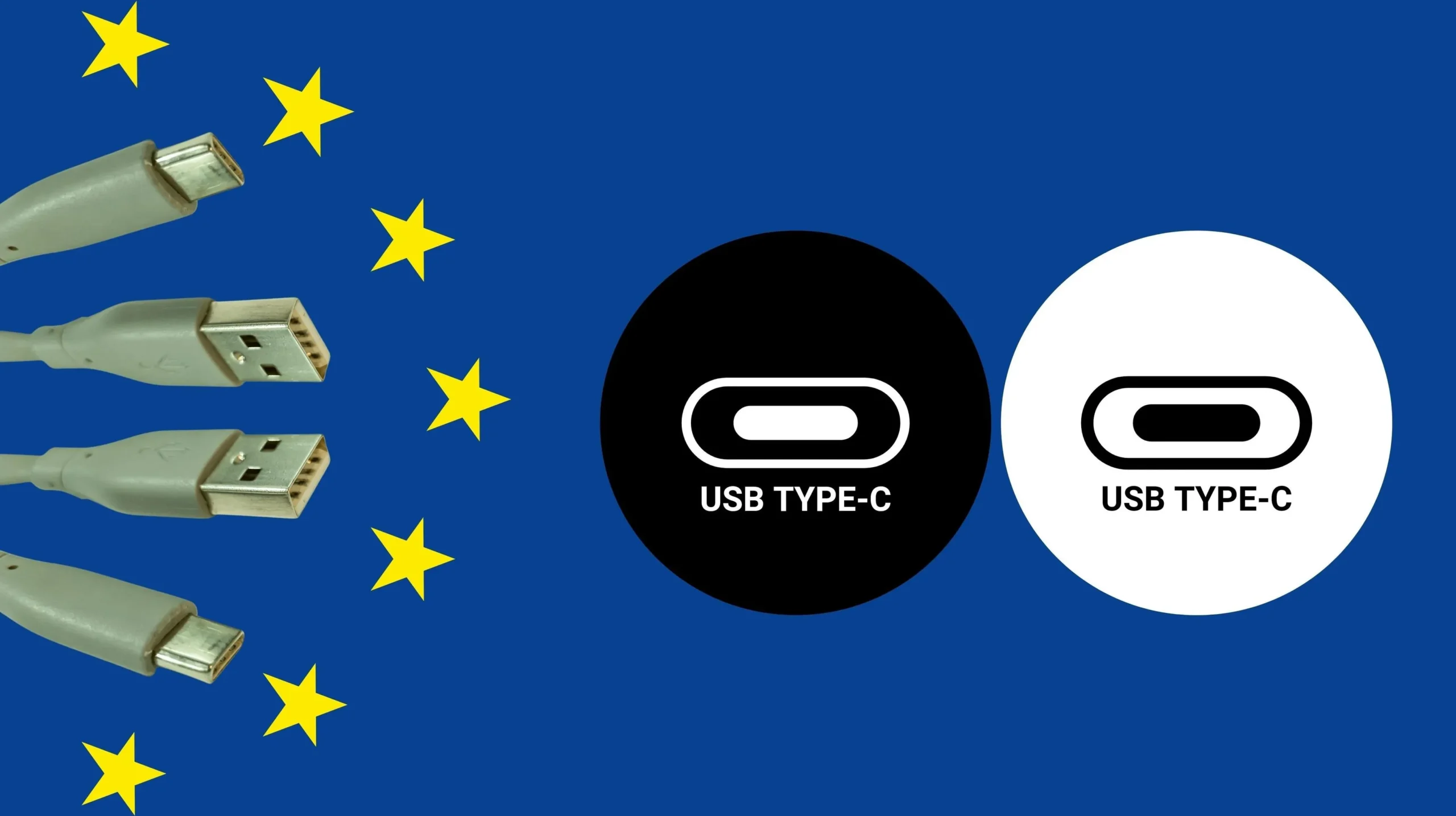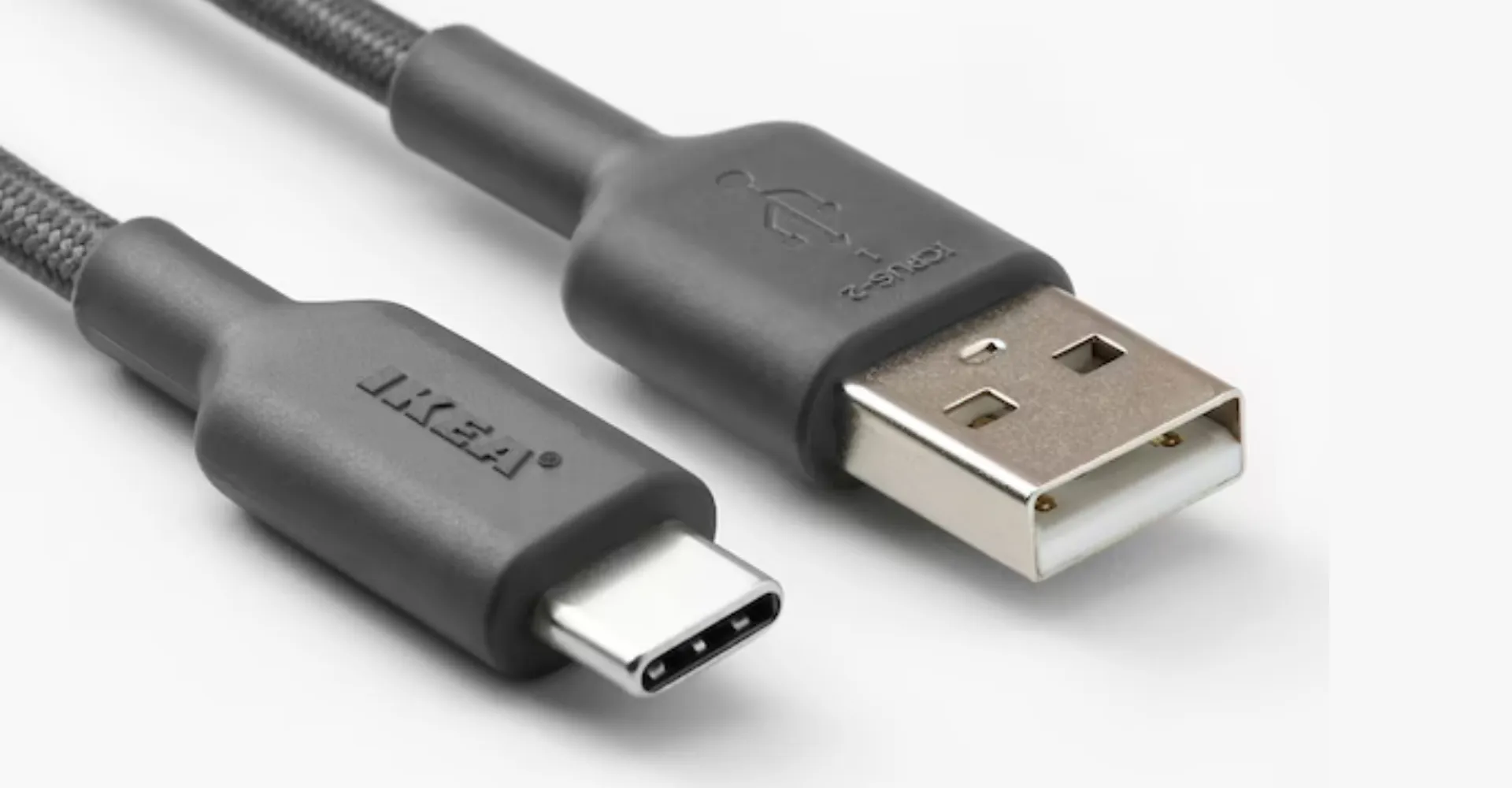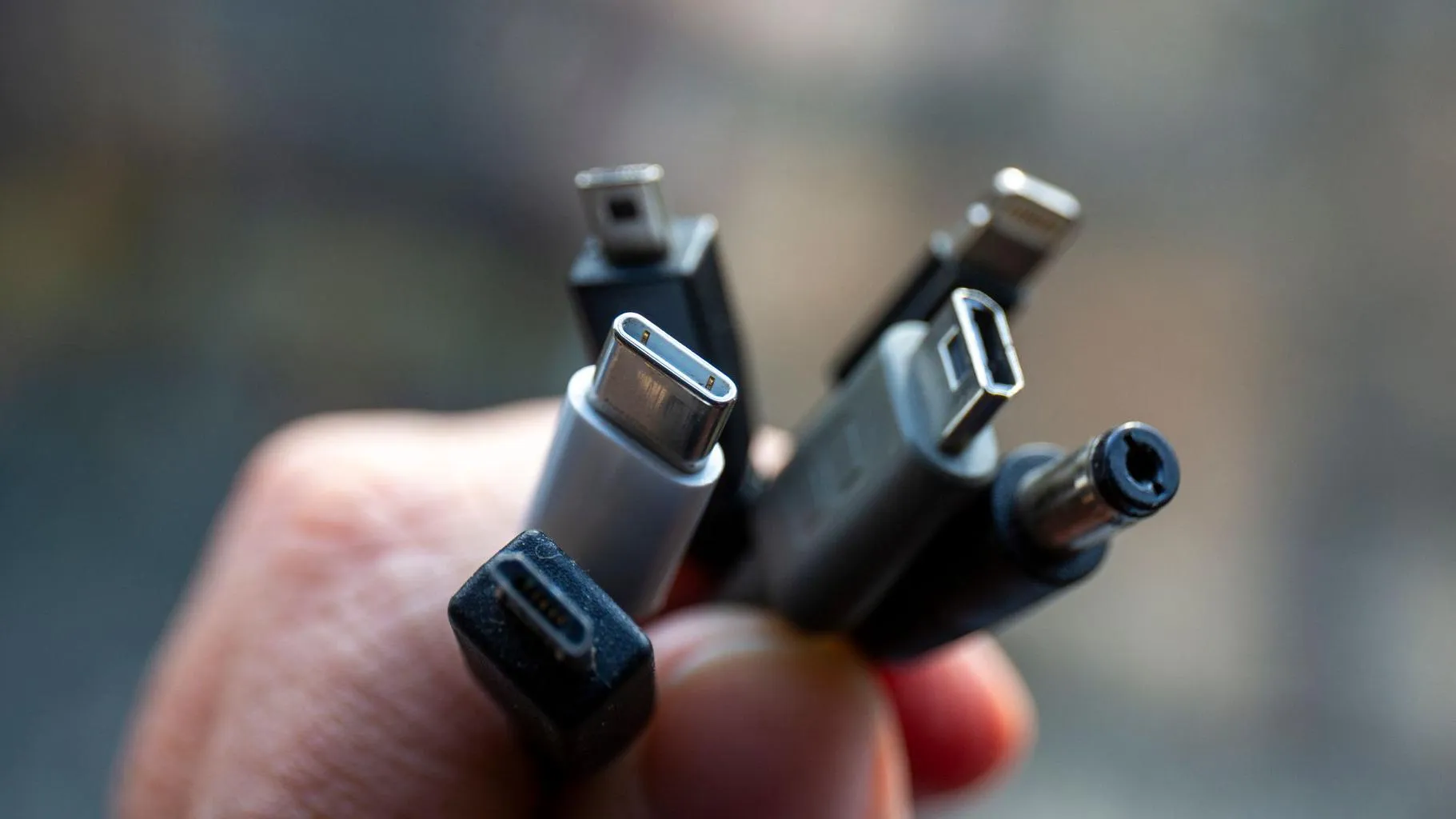Europe’s recent legislative leap towards a singular charging solution, specifically the adoption of USB-C as a universal charger, marks a significant shift in consumer electronics and environmental policy. This decisive action underscores the continent’s commitment to simplifying technology use and reducing electronic waste.

Europe Declares USB-C the Standard Charger
On December 28, 2024, the European Commission heralded a new era for electronic devices with a brief yet impactful statement on X: “It’s time for THE charger.” This declaration wasn’t just a statement of convenience but a legislative mandate that all smartphones, tablets, and similar devices sold in the EU must feature a USB-C port as their sole charging method. This directive, part of the broader Common Charger Directive, aims to alleviate the burden of multiple, often incompatible charging cables that plague consumers and contribute significantly to electronic waste.

Why USB-C? A Look at the Benefits
The shift to USB-C is not without its merits. Known for its reversibility and high-speed data transfer capabilities, USB-C also supports powerful charging speeds that can greatly reduce the time devices spend tethered to outlets. By standardizing this port, the European Union is paving the way for a more streamlined, efficient, and ultimately greener electronic marketplace.
From an environmental standpoint, the adoption of a universal charger is a forward-thinking move that addresses the growing concern over electronic waste. Fewer cables and chargers produced means less waste ending up in landfills when they inevitably become obsolete. Additionally, this standardization simplifies manufacturing processes and reduces the complexity of recycling electronic products.

The Impact on Major Tech Companies
This new legislation has prompted significant changes within the tech industry, particularly for giants like Apple, which has traditionally relied on its proprietary Lightning connector. In response to the Common Charger Directive, Apple has pulled devices from the European market that do not comply with the new standard, underscoring the law’s immediate impact on product offerings and corporate strategies.
Looking Forward: What This Means for Consumers and the Industry
As Europe moves towards a more unified approach to technology management, consumers can expect a more streamlined experience with their devices. The long-term benefits of this change are clear: reduced electronic waste, lower costs related to purchasing additional accessories, and an overall improvement in the sustainability of tech products. For the industry, the adjustment to a universal charging standard could prompt innovation in areas previously constrained by proprietary charging technologies. Companies may shift their focus towards enhancing other aspects of their devices, such as battery life and software innovations, now that the charging port has become standardized.
Europe’s Common Charger Directive is more than just a regulatory change—it’s a significant step towards a more sustainable and consumer-friendly digital environment. As this directive takes full effect, it will be interesting to see how other regions and tech leaders respond to Europe’s lead in this global tech narrative. Will other continents follow suit, or will they forge their own paths in the ongoing evolution of consumer electronics? Only time will tell, but one thing is clear: the days of carrying multiple chargers for multiple devices are numbered.










